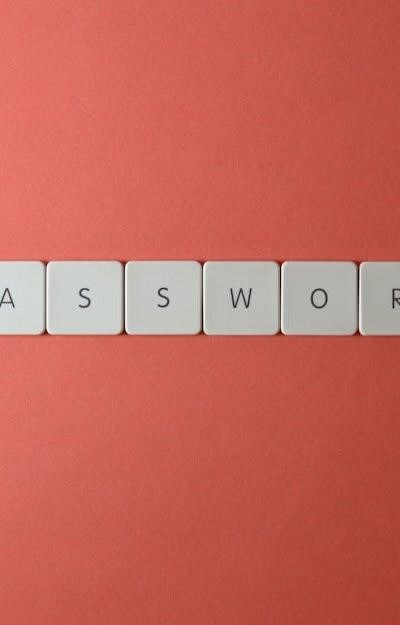
The landscape of digital identity is rapidly evolving. Traditional username/password combinations are increasingly recognized as a significant security vulnerability and a major source of user experience (UX) friction. This article provides an advisory overview of the shift towards self-service account creation and, crucially, the burgeoning world of passwordless authentication. We’ll explore the benefits, technologies, and best practices for implementing a secure and user-friendly registration and login process.
The Problems with Passwords
Passwords have long been the cornerstone of online security, but their weaknesses are well-documented. Password reuse, weak password choices, and susceptibility to phishing attacks make them a constant target for malicious actors. Furthermore, managing numerous passwords creates cognitive overload for users, leading to poor usability and frequent requests for account recovery. This impacts customer identity and access management (CIAM) strategies significantly.
The Promise of Passwordless Authentication
Passwordless authentication aims to eliminate the password altogether, replacing it with more secure and convenient methods. This isn’t simply about removing a field; it’s a fundamental shift in how we verify digital identity. The core principle aligns with zero trust security models – never trust, always verify.
Key Passwordless Technologies
- Biometric Authentication: Utilizing unique biological traits like fingerprints, facial recognition, or voiceprints.
- Magic Links: Sending a unique, time-sensitive link to a user’s registered email address, allowing login with a single click.
- Push Notifications: Sending a notification to a user’s registered device, requiring confirmation to grant access.
- Security Keys: Physical hardware tokens (like YubiKeys) that provide strong authentication via WebAuthn/FIDO2.
- Passkeys: A newer standard, leveraging public-key cryptography stored on devices, offering superior phishing resistance.
Enhancing Security with Multi-Factor Authentication (MFA)
While passwordless aims to replace passwords, multi-factor authentication (MFA) often plays a crucial role in bolstering security. Even with passwordless methods, layering in MFA – such as a push notification to a trusted device – adds an extra layer of protection. This is particularly important for high-risk transactions or sensitive data access.
Streamlining Self-Service Account Creation
Effective self-service account creation is paramount. The registration flows should be intuitive and minimize friction. Consider these points:
- Progressive Profiling: Collect only essential information initially, requesting more details later as needed.
- Social Login (with caution): Allowing login via social providers can simplify onboarding, but be mindful of privacy implications.
- Identity Verification: Implement robust identity verification processes to prevent fraudulent account creation.
- Clear Error Messaging: Provide helpful and actionable feedback if registration fails.
Improving the Login Experience (UX)
A seamless login experience is critical for user adoption. Passwordless methods, when implemented correctly, can significantly improve UX. However, consider:
- Device Binding: Linking authentication methods to specific devices for enhanced security.
- Account Recovery Options: Provide secure and reliable methods for users to regain access if they lose their device or authentication method.
- Accessibility: Ensure that authentication methods are accessible to users with disabilities.
Technical Considerations & Security Protocols
Implementing passwordless requires careful consideration of security protocols and credential management. WebAuthn and FIDO2 are open standards that provide a secure and interoperable framework for passwordless authentication. Ensure your chosen methods comply with relevant industry standards and regulations. Robust fraud prevention measures are essential throughout the entire process.
The Future of Authentication
Passkeys are poised to become a dominant force in passwordless authentication, offering a compelling combination of security and usability. As the technology matures and gains wider adoption, we can expect to see a significant reduction in password-related security breaches and a more seamless onboarding experience for users. Investing in CIAM solutions that support these emerging technologies is crucial for organizations looking to stay ahead of the curve.
Ultimately, the move to passwordless authentication is not just a technological upgrade; it’s a fundamental shift towards a more secure, user-friendly, and efficient digital future.




This is a really solid overview of the passwordless authentication landscape. I particularly appreciate the breakdown of the different technologies – it
Excellent article highlighting a critical shift in security thinking. The connection to zero trust is spot on. My advice would be to carefully consider the trade-offs between convenience and security when choosing a passwordless method. While Magic Links are user-friendly, they are more susceptible to phishing than Security Keys. Also, think about recovery scenarios – how will users regain access if they lose their registered device? A robust recovery process is essential for a positive user experience and preventing lockouts.